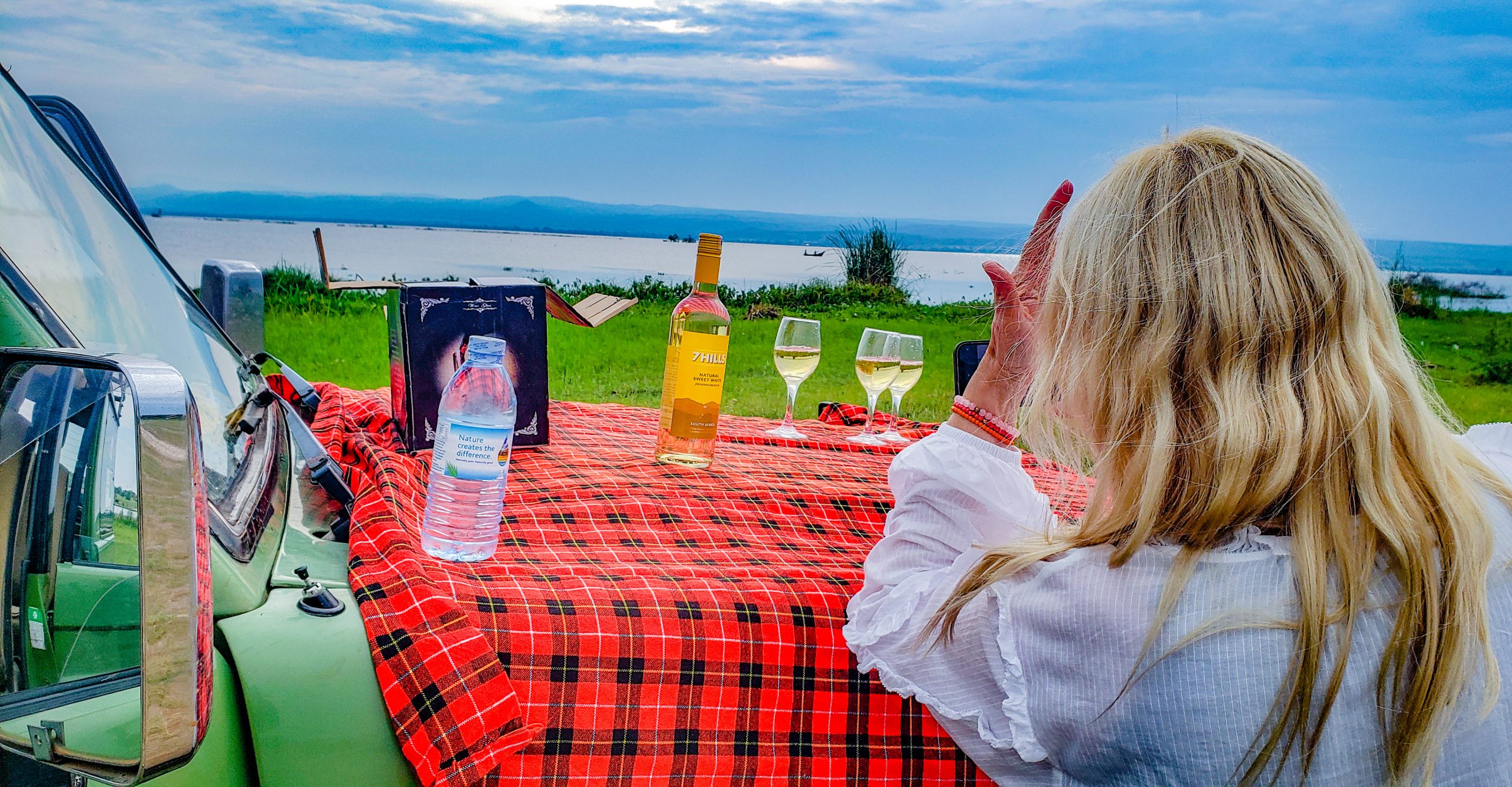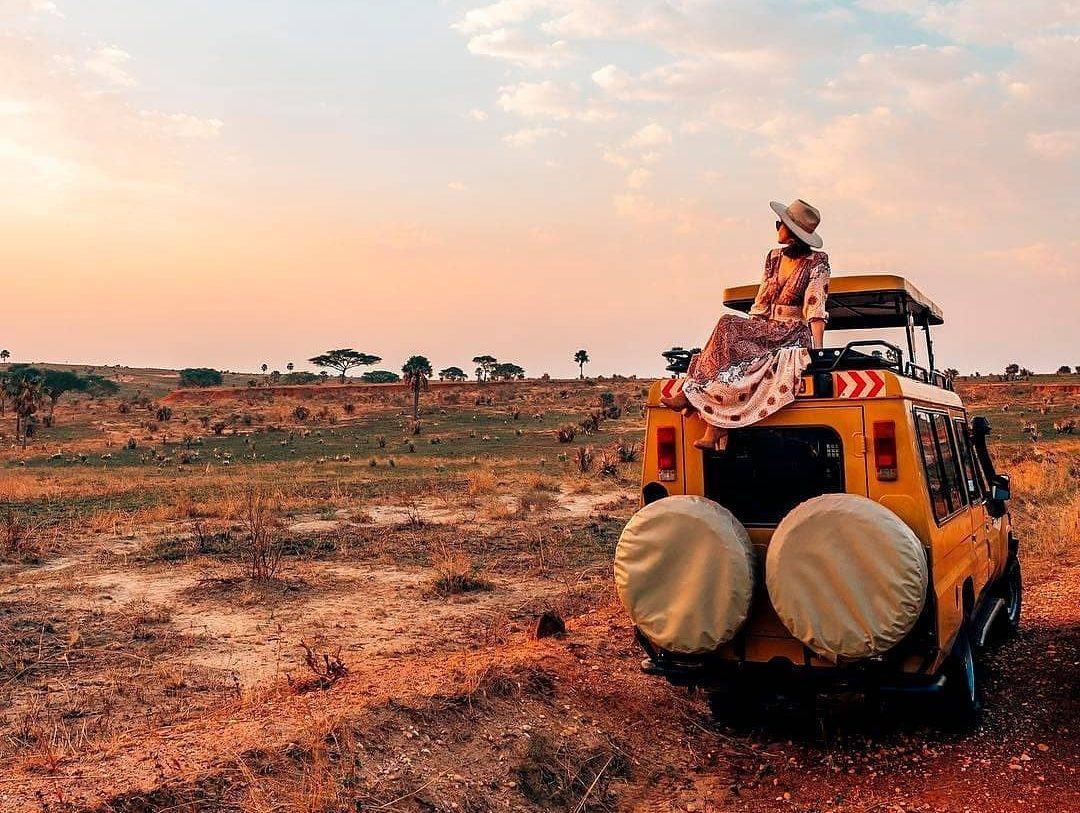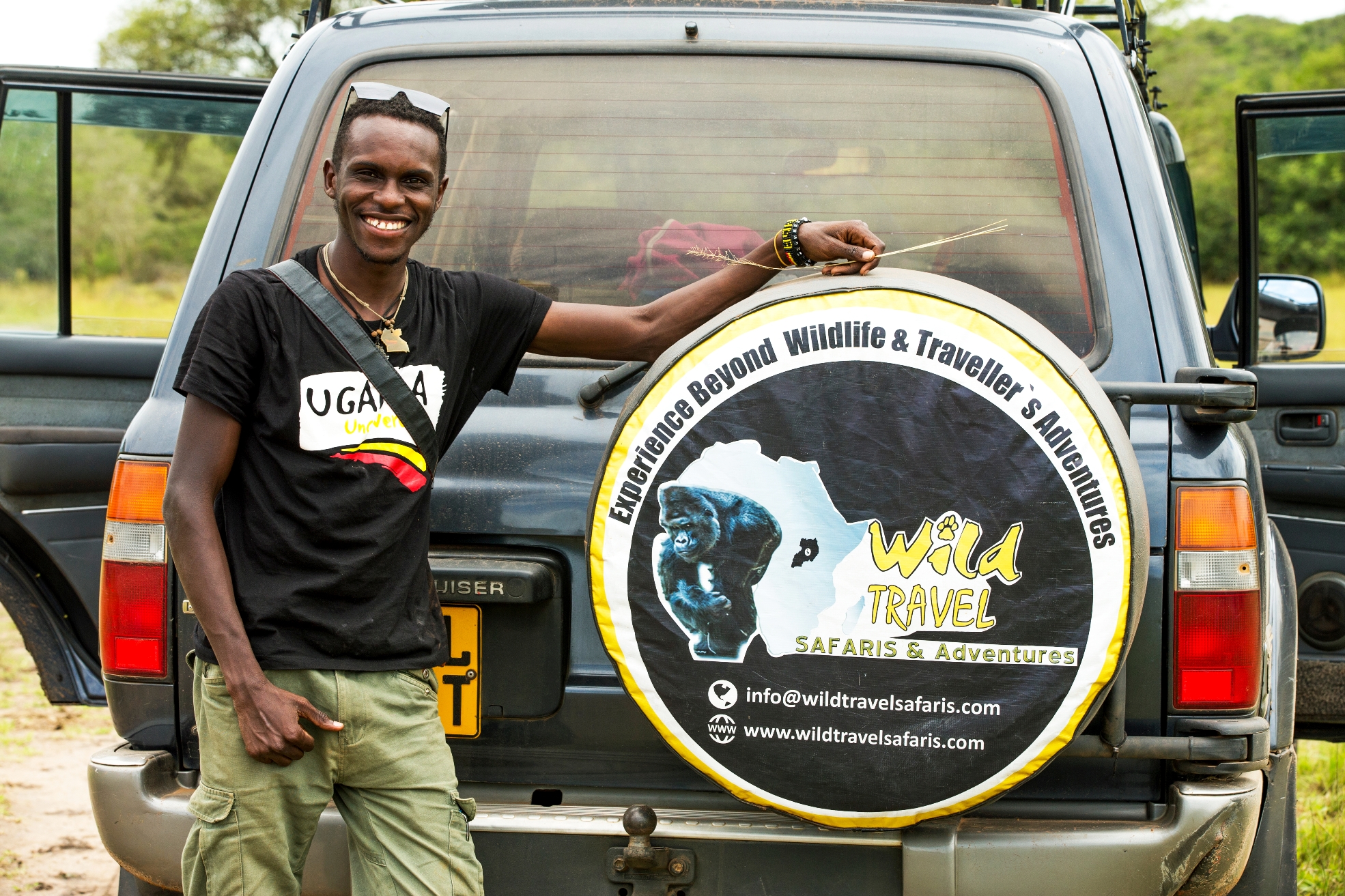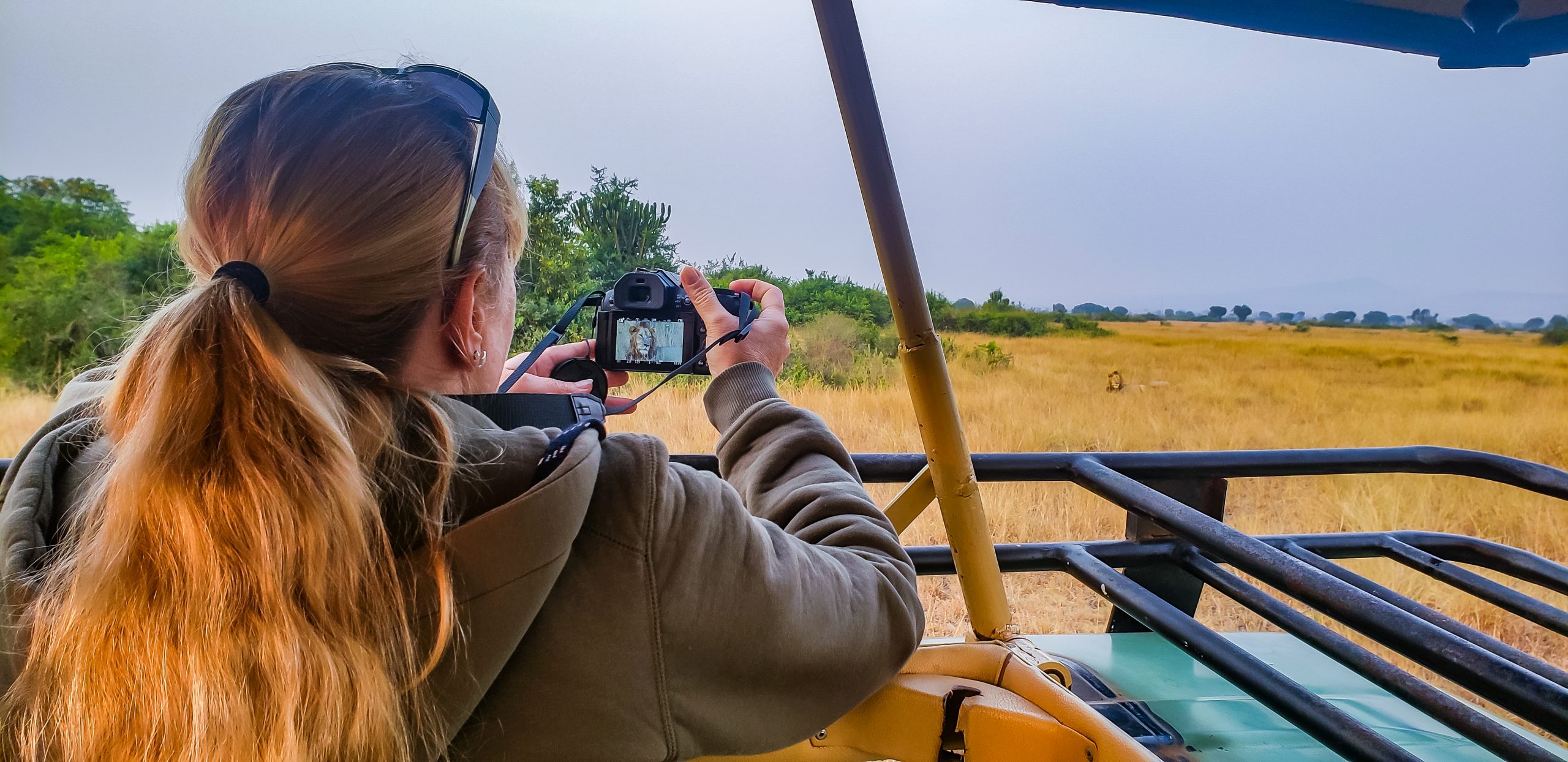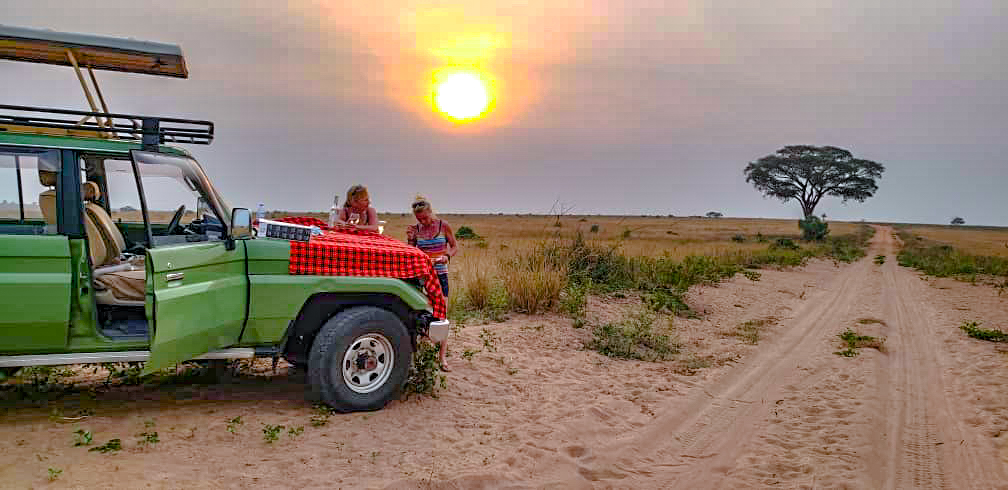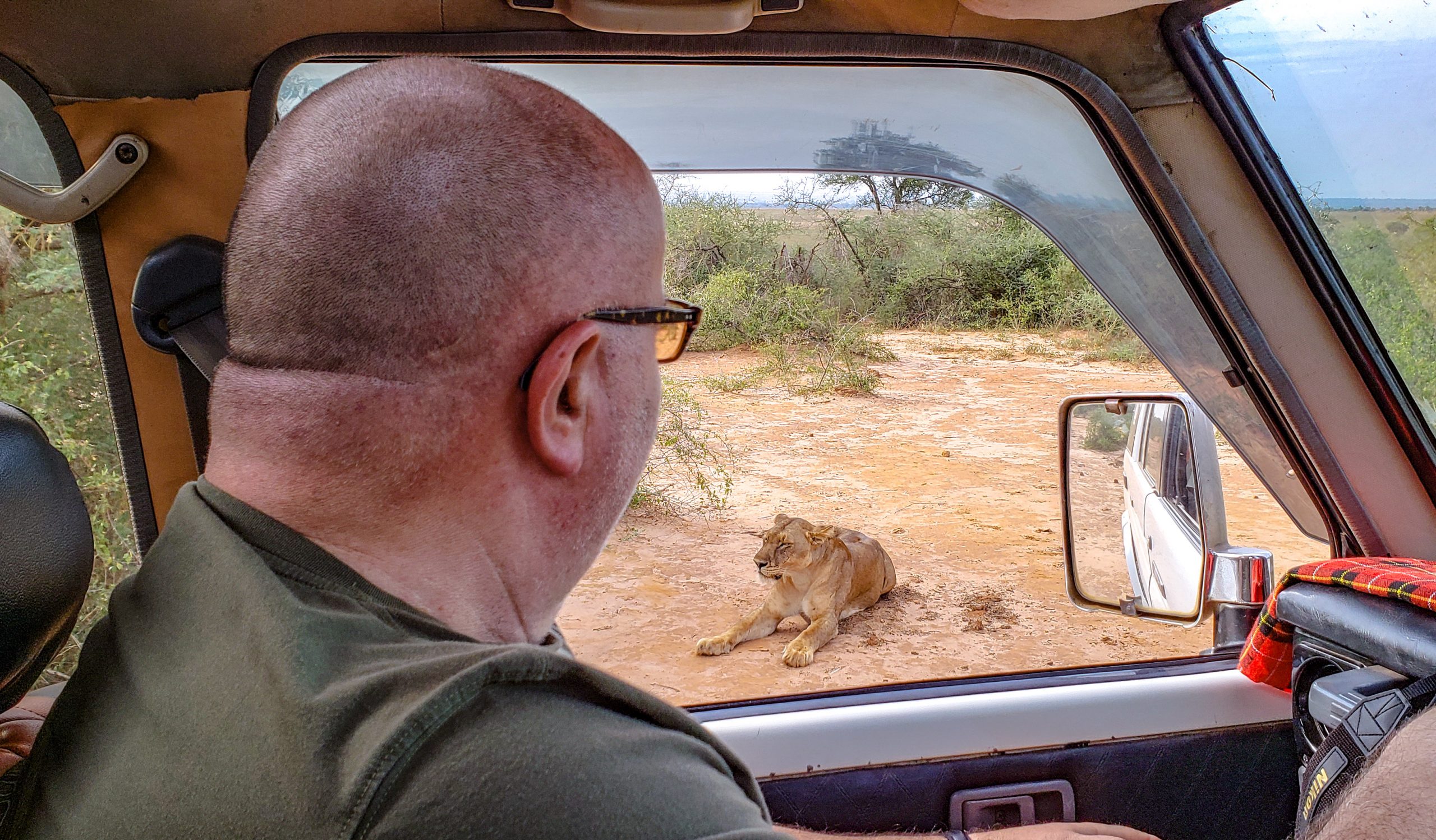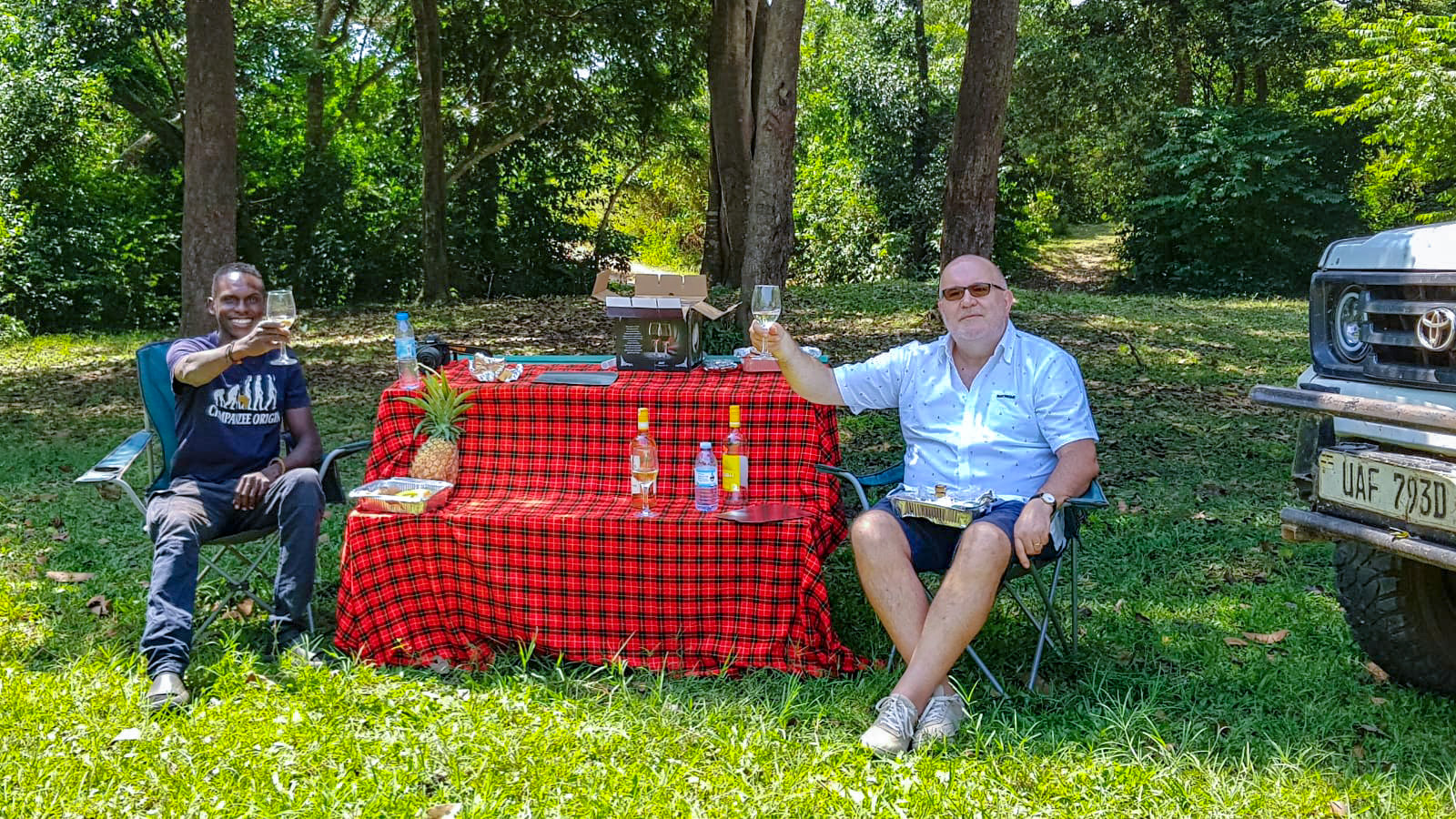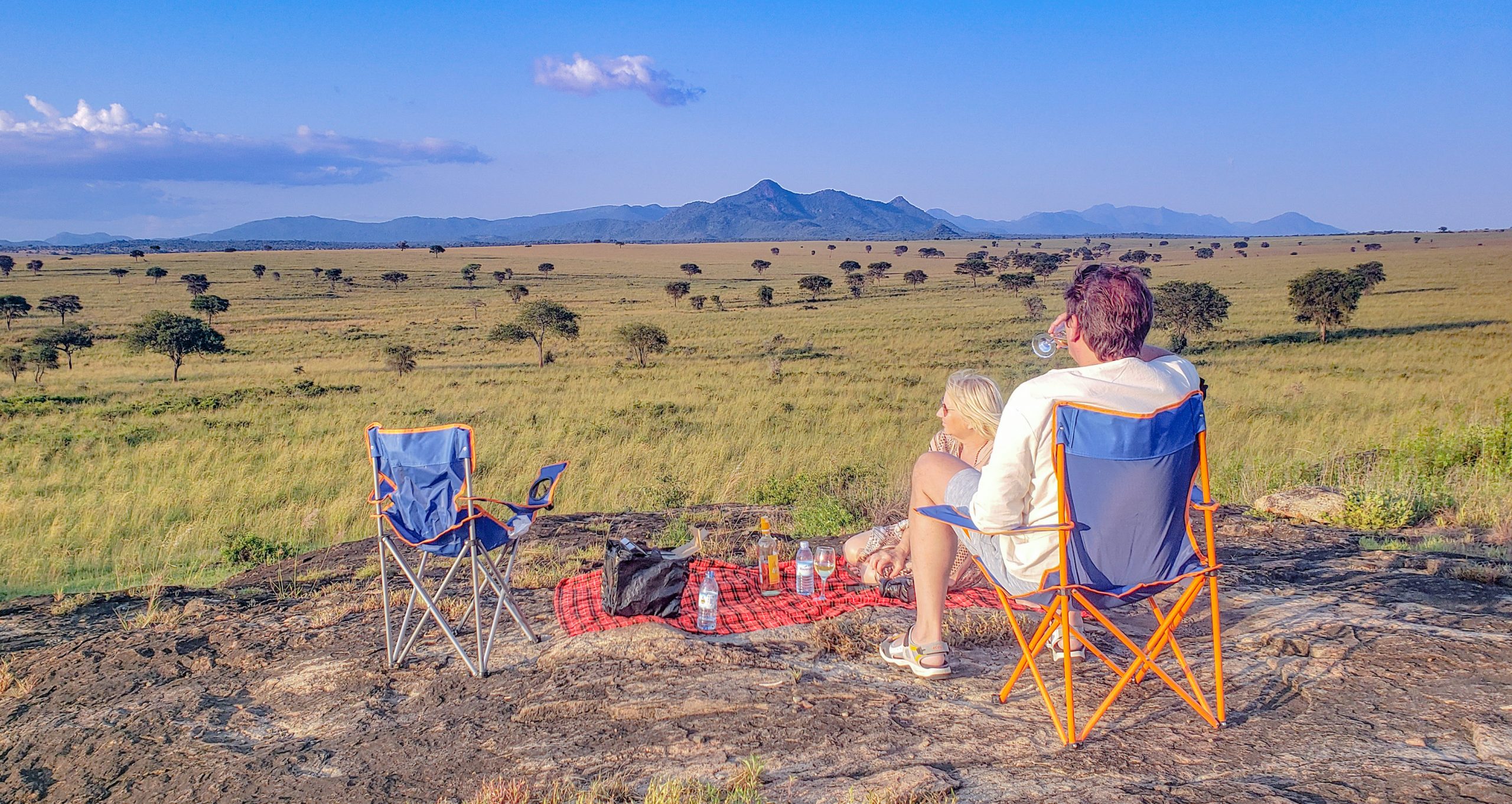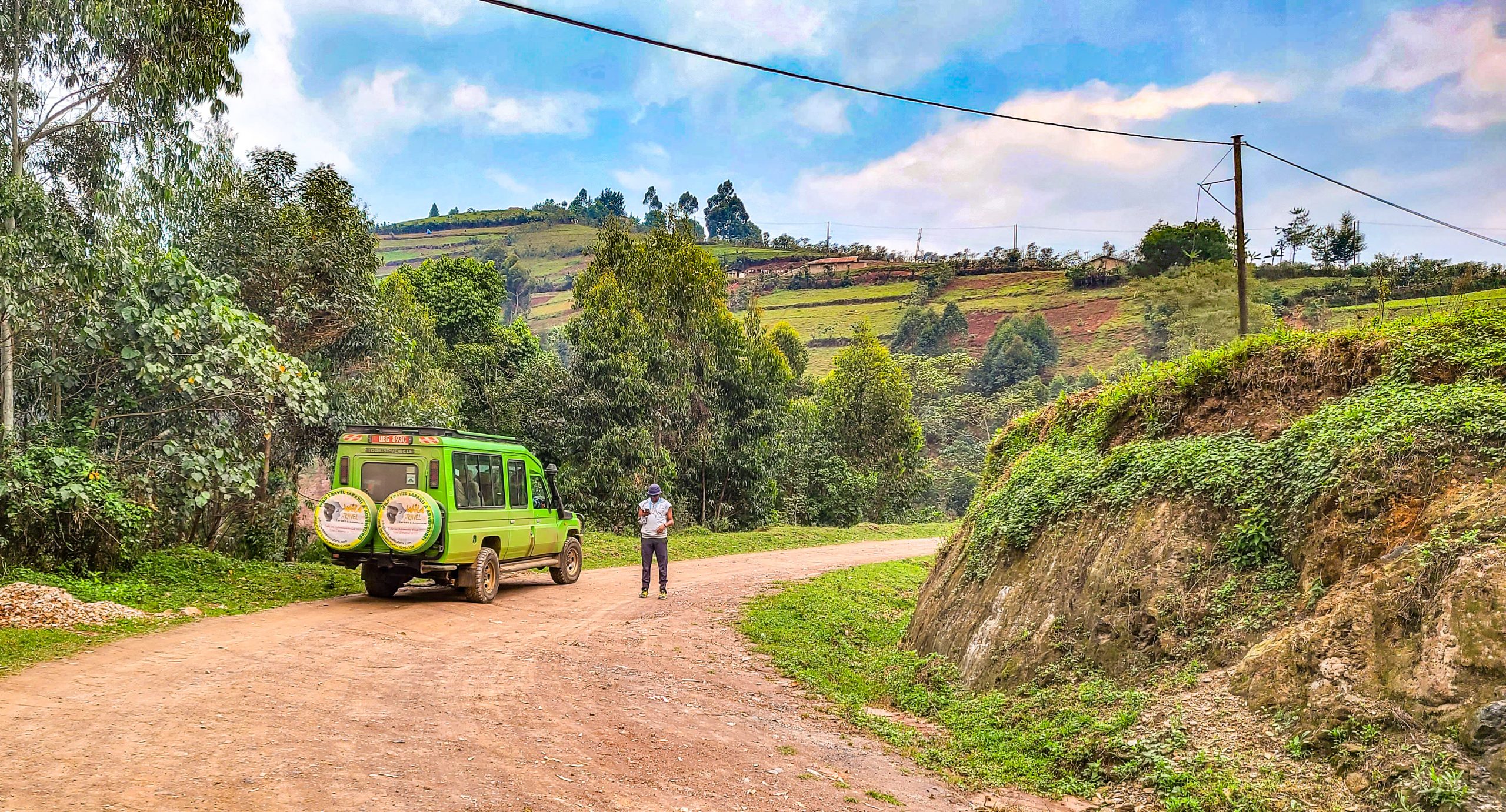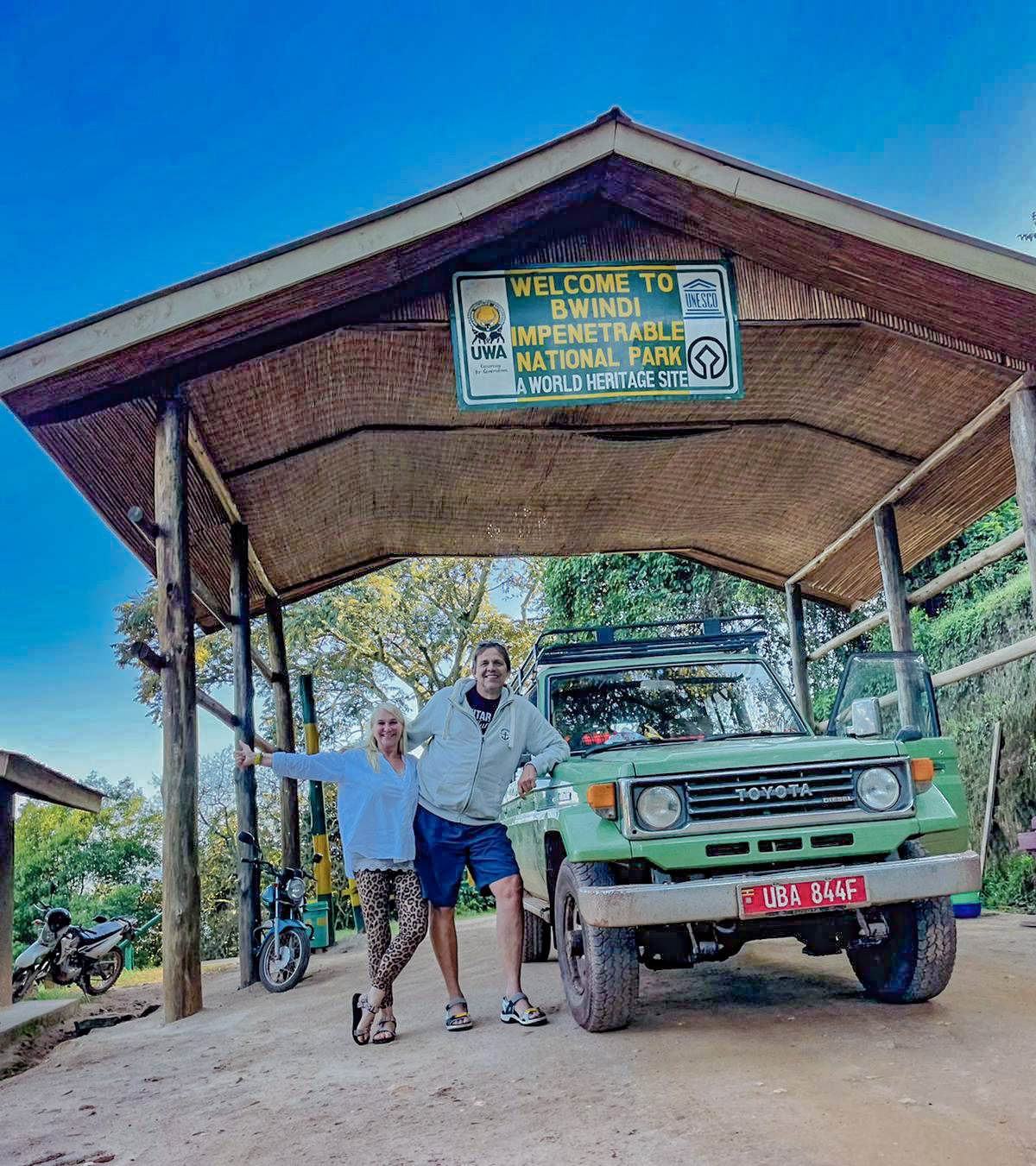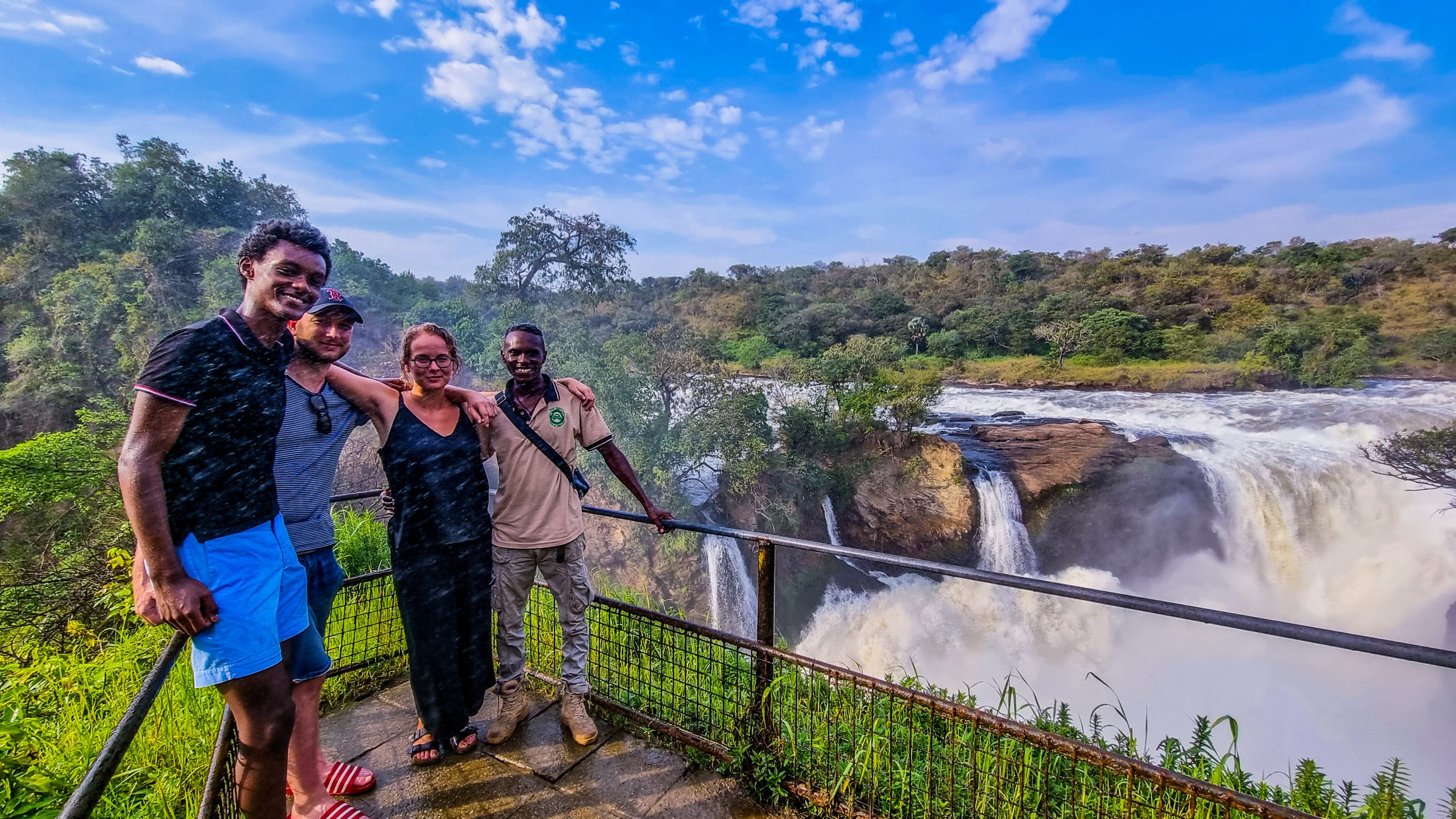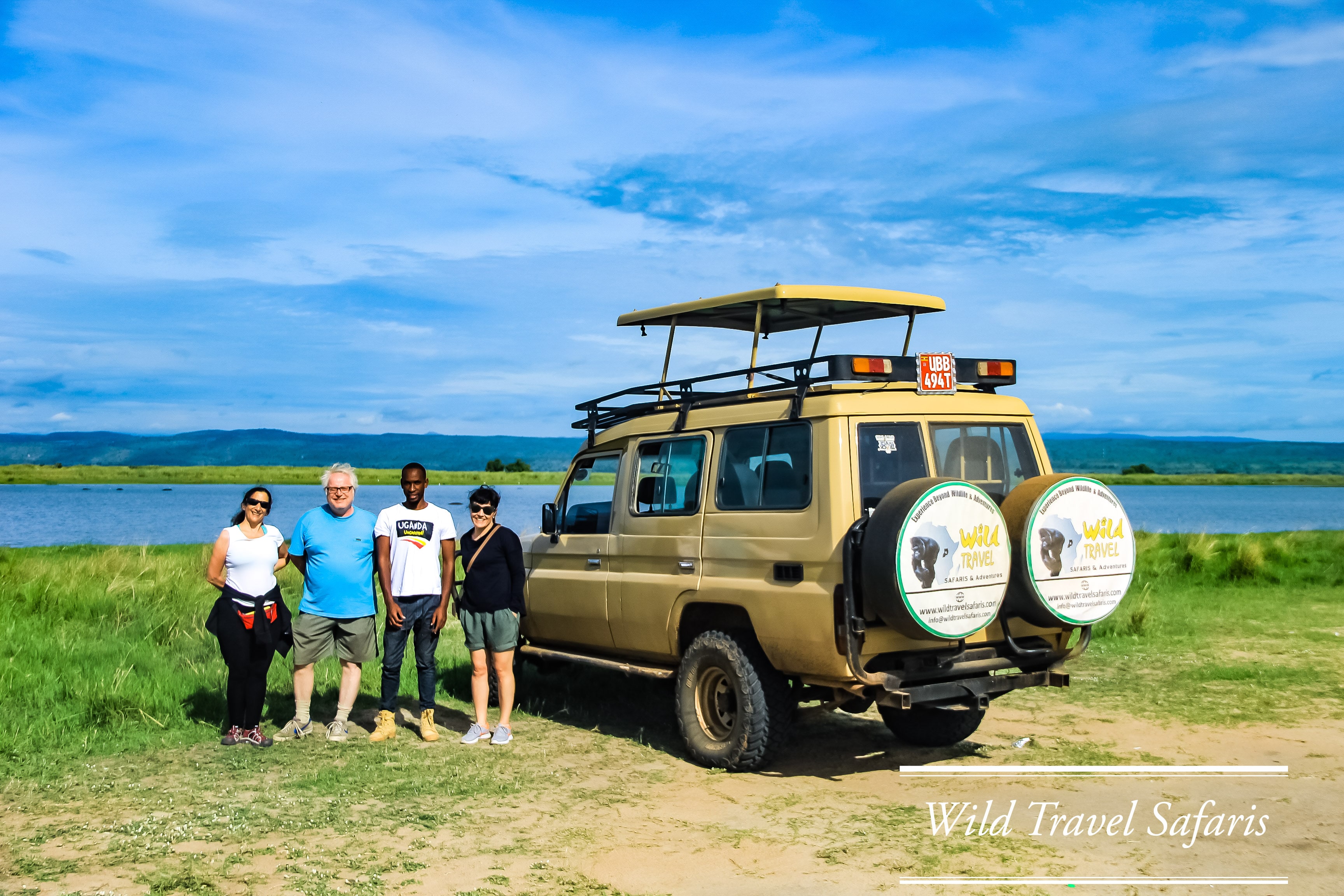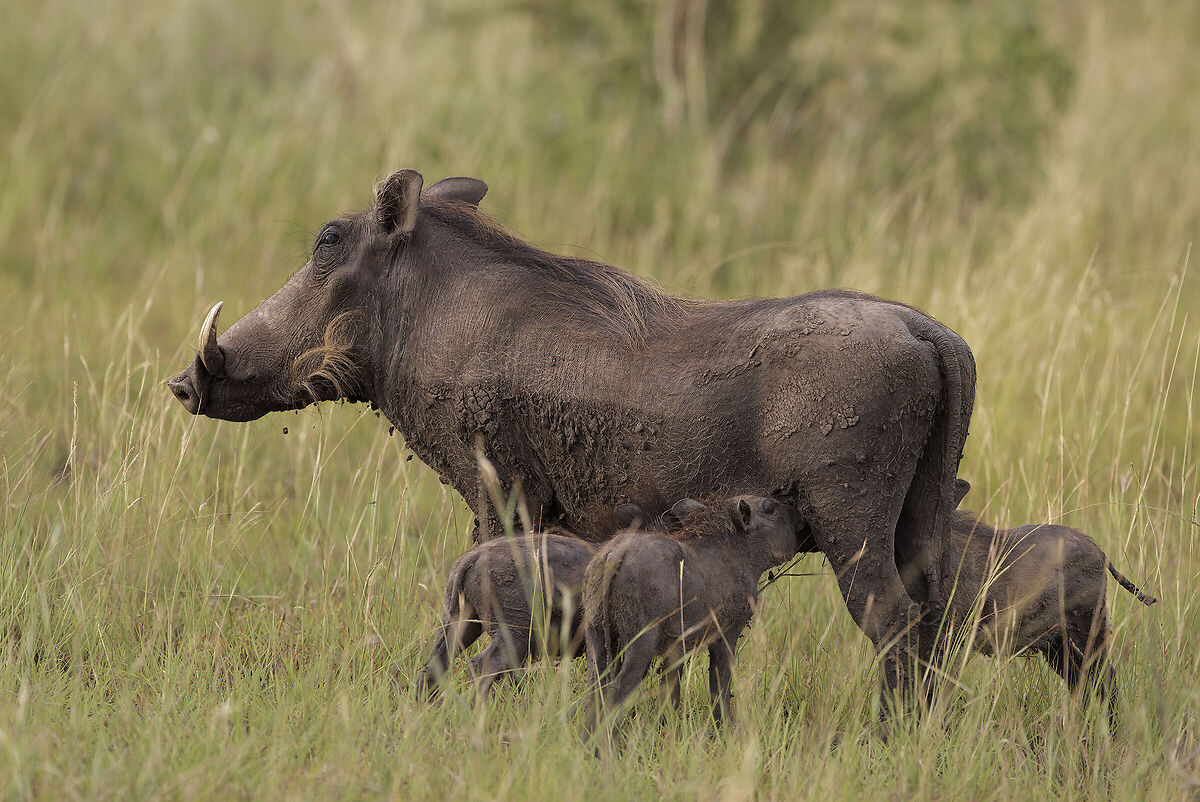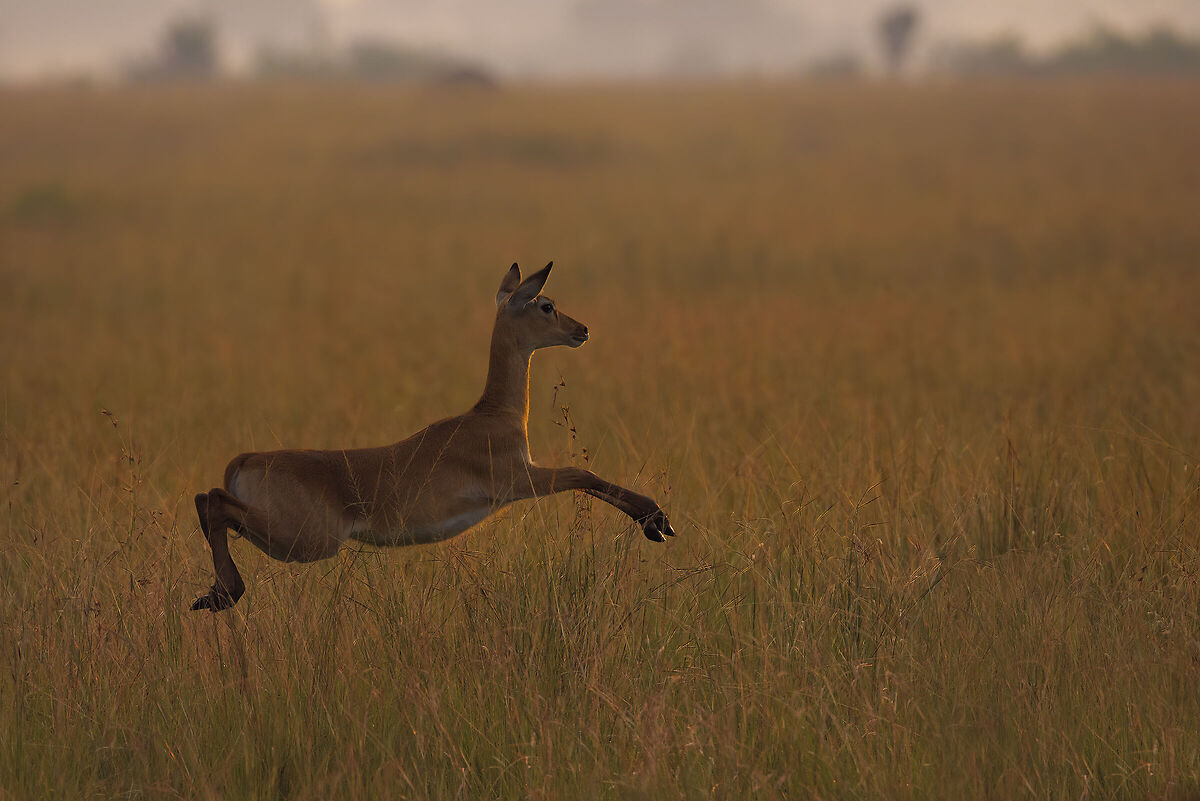LAKE MBURO NATIONAL PARK
This lies on an area of 260 sq km, located in the southwest part of Uganda in a district called Kiruhura.
For a single day trip, this could n one of the parks you shouldn’t miss visiting.
It offers a great view and you will see Buffalos, Topi, large herds of Zebras, and a variety of bird species and many more others.
This is the only park in Uganda where you’ll find the Impalas.
About the park
Lake mburo national park is the smallest savannah national park in Uganda with an area of 370 sq km located 228 km along the kampala –mbarara highway. A mere 3-4 hours drive brings you to the whispers of the world lake mburo national park. It is the closest park the country’s capital and this makes accessibility to the park very easy. The park gained its name from the two brothers mburo and kigarama. One night kigarama had a dream that the area had flooded due to the heavy rains and advised his brother to move to near by hills and leave the valley, the brother never listened and stayed in the valley, heavy rains came and drowned mburo, the waters filled the valley forming lake mburo and that’s how the park got its name.
CLIMATE AND VEGETATION
Lake mburo national park lies in the rain shadow between lake Victoria and Rwenzori mountains and receives an average of 800mm of rain , being near the equator, the rain is bimodal, receiving long rains from February to June and short rains In September to December. Average recorded temperature is 27 degrees celsius.
The park has a diverse habitats which include rock out crops, savannah, acacia woodland, bush, forest for example rubanda forest, swamps, and lakes which support a wealth of wildlife including rare species that are not found in other parks in the country. With its diverse ecosystems the park homes 69 mammal species and over 332 bird species including the endangered shoebill stork, acacia woodland species, papyrus gonolek ,papyrus yellow warbler among others. The five lakes within the park attracts hippos and crocodiles.
ACCESSIBILITY TO THE PARK.
The park can be accessed by three gates that is the kyanyanshara gate which lies next to mihingo lodge a luxury lodge in the park ,18 km south of akagate trading centre, Nshara gate and Sanga gates.
The area around the park is sparsely populated allowing harmonious stay of the wild animals without major conflicts with the people in the communities. The banyankole is the dominant tribe and is divided into two, the Bairu the cultivators and Bahima herders.
ACTIVITIES AND ATTRACTIONS
Game viewing: this includes the lake mburo boat cruise, the boat depart from the jetty at the lakeside near rwonyo camp , various animals are sighted during the boat ride for example crocodiles, hippos , a variety of water birds including herons, pelicans, fish eagle and shoebill., Game drives which include day and night drives where a variety of animals can be spotted for example the hyenas, leopards , buffaloes, zebras , impalas elands among others
Salt lick walk; guided walks to visit the natural salt lake where wildlife can be viewed when they come to lick the salt., forest walks, horseback safaris operated by mihingo lodge ,mountain biking at Rwakobo rock and Tail Rest camp at Nshara gate, viewpoints at kigarama hill which provides a panoramic view of lake Mburo , this lake and the7 others can be viewed from dramatic kazuma lookout which lies at the top of Kuroko track near kazuma research track. Birding , village walks to the nearby communities and homesteads and see how the banyankole live their daily lives ,spot fishing;
ACCOMODATION
Lake mburo caters for all groups of travelers in terms of accommodation facilities, the facilities have been growing ranging from budget to upmarket luxurious lodges in and around the park.
Luxury lodges in the park include mihingo lodge , kimbla Mantana camp, which are over 150$
Midrange lodges includes Arcadia cottages, Rwakobo rock, Mburo safari lodge, Eagles nest, Igongo cultural centre.
Budget facilities include UWA bandas or tents,, Nshara community group, conservation education centre, Ssanga community lodge, rwenjeru campsite.
PEOPLE AND CULTURE
Lake mburo is more I direct contact with the communities than any other park in the country. The wildlife moves freely across the park and often seen side by side with the striking ankole cattle this makes it very beautiful and fascinates to learn about the local cultures and how the park fits within that context. The park is found in traditional lands of Ankole kingdom where the banyankole have split into two the pastoralists and agriculturalists . cattle keeping remains centrally important to the banyankole people. Wildlife populations have historically been to thrive in the area because the ankole pastoralists did not traditionally eat game meat much preferring milk, blood and ghee.
IGONGO CULTURAL CENTRE.
Igongo cultural centre includes a restaurant, museum, craft shop and a hotel. A great place to learn about the cultures surrounding the park and also makes a perfect lunch spot before entering the park. The restaurant offers a good buffet style lunch including many traditional dishes. The goal of igongo is to document, conserve and present the culture of ankole region. The museum has excellent displays of cultural artifacts , examples of local homesteads and tons of information about clan system , traditional dances and new modern conference facilities.
WILDLIFE IN THE PARK
The park is very famous for its impalas which are only found in this park in the country and the very large stallions of zebras, the different wildlife species which roam freely in the park makes it unique and that’s why it is referred to as the whispers of the wild by Uganda wildlife Authority. Other animals in the park include Klipspringer, waterbuck, topi, bushbuck, common eland ,buffalo, warthogs, hippos, banded mongoose, spotted hyenas, leopards, side stripped jackal, vervet monkeys, olive baboons, Nile crocodiles, the Rothschild giraffe which was recently relocated to the park and with over 332 bird species also it is believed that there is an existing lion in the park which migrated from Tanzania though it is only heard roaring



